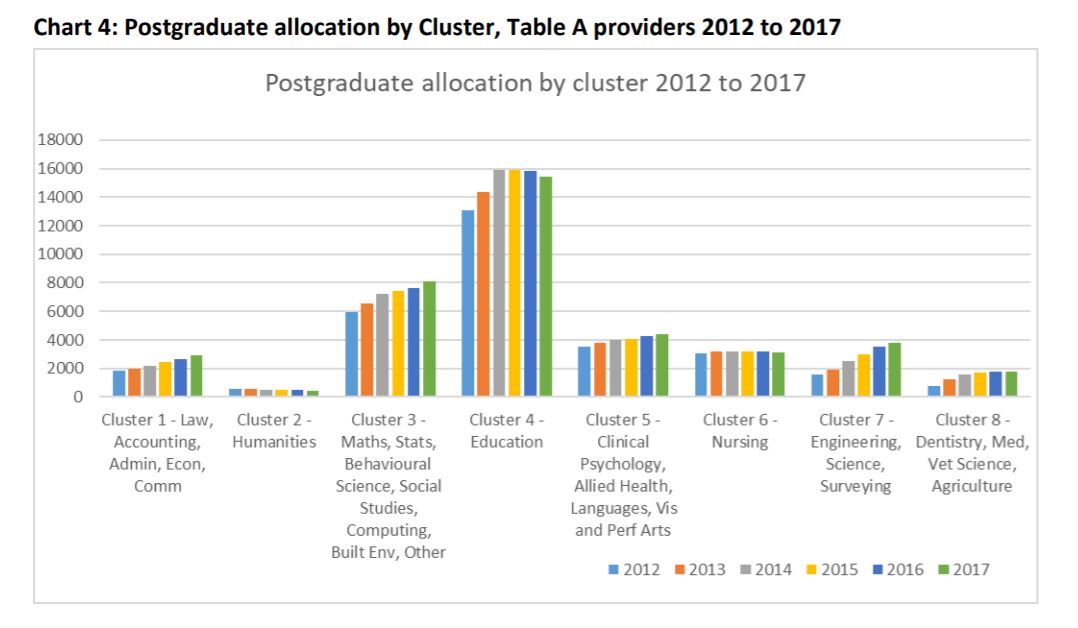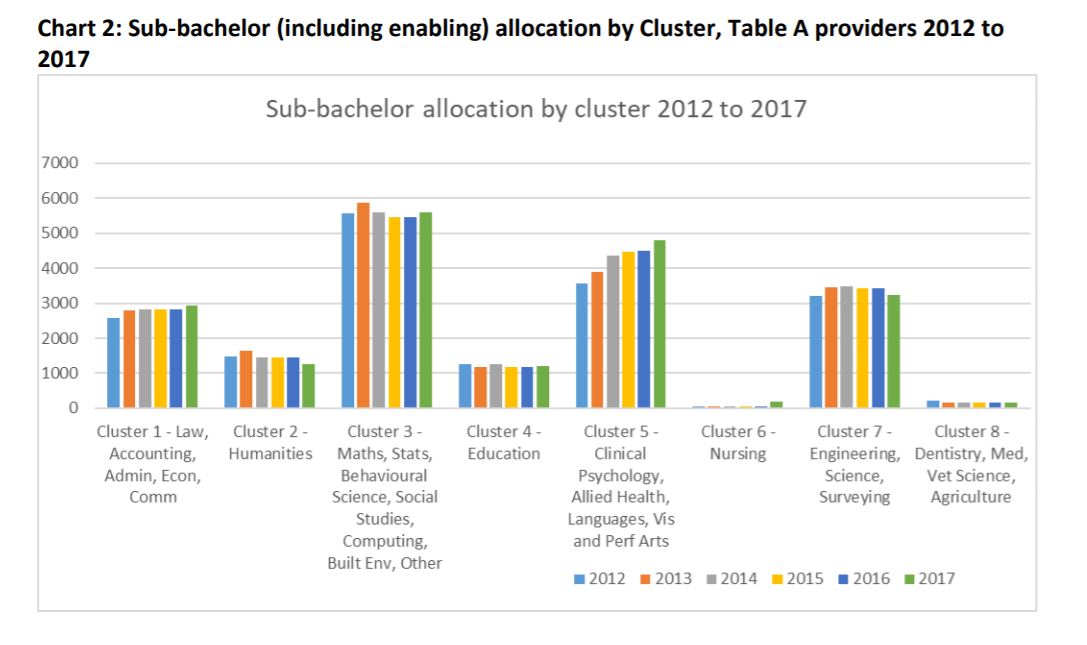DoET wants feedback on CSP funded courses

The Australian Department of Education and Training has issued a consultation paper, inviting suggestions on which sub-bachelor (associate degrees and advanced diplomas) and postgraduate courses should receive Commonwealth Supported Places (CSP) funding, and why.
With upcoming changes to early childhood teacher (ECT) requirements for centres with 60 or more places (changes effective 1 January 2020) it is timely for those invested in securing CSP places for early childhood education and care (ECEC) professionals to consider a submission highlighting the value of both sub-bachelor and postgraduate studies in early childhood to the sector, and the impact of a highly educated ECEC workforce on outcomes for children.
The current structure provides a specified number of CSPs across a variety of disciplines, including education, to enable students to study sub-bachelor and postgraduate courses each year. The Department described the current distribution system for these places, saying “(it) reflects historical, ad hoc decisions that may no longer be optimal”.
Since implementation of demand-driven bachelor funding in 2012 there have been many key funding developments which have impacted on the allocation of CSPs, the report outlines.
Overall, while there has been an increase in allocated places from 2012 to 2017, the pattern of allocation by provider and cluster has remained relatively stable over time and would now benefit from review, the Department said.
Whilst education as a whole, encompassing ECEC also, fares relatively well in the postgraduate space (as shown in the graph ‘Chart 4’ below) in the sub-bachelor space (as shown in the graph ‘Chart 2’ below) there is an under representation of education and ECEC students.


Points of consideration for those submitting feedback on behalf of the sector could include:
- Should geographical representation be a consideration in distribution of places?
- How often should places be re-distributed? Should this vary for enabling, sub-bachelor and postgraduate places?
- What proportion of places should be reallocated? For example, in the sub-bachelor space, there is a strong presence for clusters 3 and 5 – are these still occupations and fields of high demand within the community?
- What are stakeholders’ views on the allocation criteria suggested in the report?
- Are there other criteria which should be considered?
- What impact would having more a more highly qualified ECEC workforce have on outcomes for children?
- What are the barriers for educators who are not able to access CSPs at present? How could CSP allocations minimise these barriers?
Submissions in relation to CSPs will be open until 5pm on February 19 2019, with further information available in the consultation paper on the Departments website.
Popular

Practice
Provider
Quality
Research
Workforce
New activity booklet supports everyday conversations to keep children safe
2025-07-10 09:00:16
by Fiona Alston

Quality
Practice
Provider
Research
Workforce
Honouring the quiet magic of early childhood
2025-07-11 09:15:00
by Fiona Alston

Quality
Practice
Provider
Workforce
Reclaiming Joy: Why connection, curiosity and care still matter in early childhood education
2025-07-09 10:00:07
by Fiona Alston











